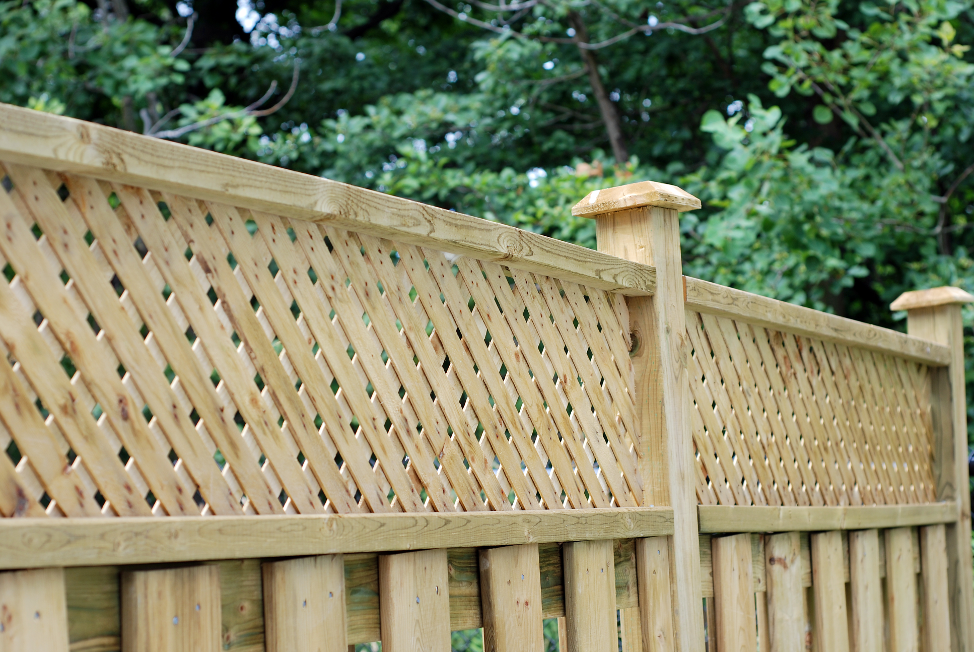All Categories
Featured
The success of your fence setup depends mostly on just how well you prepare your residential property prior to the installment begins. Right here are some vital steps to follow when preparing your residential property for a fence installation.
![]()
In addition, it is very important to locate any kind of below ground energies, such as water lines, gas pipelines, or electrical cables. Contact your neighborhood energy company to note the locations of these below ground systems to stop any damage during excavating.
![]()
![]()
Conclusion. Preparing your building for a fence setup is an important action that can save you time, cash, and headaches throughout the process. By researching regional policies, determining residential property lines, clearing the setup area, ensuring accessibility for devices, and settling your style, you can make sure a smooth installment. Taking these simple steps will aid you attain a sturdy and beautiful fence that improves the personal privacy, protection, and look of your property.

- Research Study Local Regulations and Permits. Before you begin, make certain you inspect the regional zoning laws and acquire any type of required permits for your fence setup. Lots of locations have specific guidelines on fence product, positioning, and elevation, and you might need a permit to continue.
- Recognize Home Boundaries. Understanding the specific boundaries of your residential or commercial property is necessary to ensure the fencing is set up in the proper place. Be certain to check if your neighbors have any type of existing structures or fences close to the residential property line that might affect the installation process.
- Clear the Setup Location. Remove any kind of trees, shrubs, rocks, and debris that can obstruct the fence installation. If there is an existing fencing, you might require to dismantle it before the installation group gets here.
In addition, it is very important to locate any kind of below ground energies, such as water lines, gas pipelines, or electrical cables. Contact your neighborhood energy company to note the locations of these below ground systems to stop any damage during excavating.
- Plan for Access to Your Building. During the installation process, your contractor might need heavy equipment to dig openings and move materials. Ensure that there is very easy access to your building for installment trucks and machinery. Alert your contractor in breakthrough so they can plan their approach as necessary if you have a narrow driveway or minimal access. This may include relocating cars, repositioning landscape design, or briefly getting rid of challenges in the method.

- Review Your Fence Layout with Your Specialist. Prior to installment starts, you'll need to settle the style and materials for your fence. Go over the fencing's function, such as whether you're looking for decoration, safety and security, or privacy.
- Speak to Your Neighbors. If your fencing will certainly be mounted along a common residential property line, it's a great idea to inform your next-door neighbors ahead of time. Having an open discussion can assist stay clear of misunderstandings and possible conflicts. You can review the kind of fencing you intend to set up, the setup schedule, and any kind of issues they may have. While you might not require authorization from your next-door neighbors to install a fencing, being considerate can aid maintain an excellent relationship with them.
- Prepare for Upkeep After Installment. When your fence is mounted, there might be recurring upkeep tasks depending on the material you have actually chosen. Wood fencings may need to be discolored or painted to secure against weathering, while plastic fences typically call for marginal maintenance.

Conclusion. Preparing your building for a fence setup is an important action that can save you time, cash, and headaches throughout the process. By researching regional policies, determining residential property lines, clearing the setup area, ensuring accessibility for devices, and settling your style, you can make sure a smooth installment. Taking these simple steps will aid you attain a sturdy and beautiful fence that improves the personal privacy, protection, and look of your property.
Latest Posts
Why Metro Detroit Homeowners Trust Bath Fitter for Life
Published Apr 28, 25
1 min read
Why Pick Washington Fence Specialized Products
Published Apr 28, 25
1 min read
Enthusiasts Sportsbook: Where Sports Betting Fulfills Home Entertainment
Published Apr 28, 25
1 min read